Pete Melvin: To the Olympics and Beyond
Published on March 14th, 2016
After a multihull event was absent at the 2012 Olympics, the 2016 Games will once again include multihull competition. But when teams from Canada and USA line up this summer at the Rio Games, they will be considered cat converts – sailors who made the switch for 2016 from monohulls to multihulls.
This, however, is nothing new. As documented in this 1991 USYRU report by Todd Smith, the reasons to make the switch 25 years ago remain valid today. In Todd’s four part series, the first profile is of Pete Melvin:
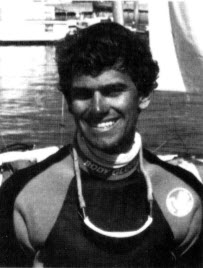 Pete Melvin has mastered many different classes during his sailing career. In his younger years growing up in Florida, Pete won the Optimist Nationals on numerous occasions. He then moved into the 420 class where he won the USYRU Youth Doublehanded Championships in consecutive years.
Pete Melvin has mastered many different classes during his sailing career. In his younger years growing up in Florida, Pete won the Optimist Nationals on numerous occasions. He then moved into the 420 class where he won the USYRU Youth Doublehanded Championships in consecutive years.
Then, at the ripe old age of 14, Pete raced in the 1976 Olympic 470 Trials. It was here that Pete started a long campaign to represent the U.S. in an Olympic class. Despite two very successful U.S. Trials in 1980 (second place) and 1984 (third place) in the 470 class, Pete continued on his quest to reach the Olympics.
After graduating from Boston University, Pete moved to Long Beach, CA, to begin his professional engineering career. And it was also at this time that Pete made the switch from high performance dinghy sailing to master a new breed of cat – multihulls.
In less than two years, Pete accelerated on the learning curve of multihull sailing much like his Olympic-class Tornado sprinting off the starting line. In 1988, Pete, along with his crew, Pat Muglia, won the Tornado trials and represented the U.S. in Korea.
Since that time. Pete has won the Tornado Nationals, the 1989 ProSail circuit on Hobie 21s, and competed in the Little America’s Cup on perhaps the highest technology catamaran afloat, the C-Class Catamaran. During American Sailor’s interview, Pete expanded on his involvement with multihulls.
What attracted you to the Tornado versus the other Olympic class boats?
After racing the 470 for so many years, I wanted to try something new and exciting. I had always liked the Tornado; she looked fast and fun. What also turned me on to multihulls were the people sailing the boats. Everybody seemed to have a good attitude
After moving to California, I started sailing the Tornado with my crew Pat Muglia. We both had the opportunity to sail the boat three to four times a week, often after work during the summer. We went to the pre-trials in Newport, RI, and came in second behind Gary Knapp (another monohuller t urned multihuller). We were very encouraged after that regatta. At the 1987 Tornado Worlds in Kiel, we were the top American finisher.
urned multihuller). We were very encouraged after that regatta. At the 1987 Tornado Worlds in Kiel, we were the top American finisher.
We had come this far, so we decided to go for it and campaigned the boat hard the next six months in preparation for the U.S. Trials. We peaked at the right time and won the 1988 Trials, representing the U.S. in the Tornado class.
What advice would you give to other multihull sailors?
Most people switching from monohulls to multihulls have little problem getting the boat to do well upwind. What really separates the cat sailors from the monohull sailors is downwind vang.
In dinghies, you usually vang the main closed like a barn door. In multihulls, you have to induce the proper twist along the entire sail. This is where the experienced multihuller has the advantage over newcomers. Downwind sailing is totally different in cats with the way you sheet the main, the twist of the sails and the angles on which you sail the boat.
The best way to become proficient in multihulls is to spend a lot of time on the boat. And one of the best things about multihulls is that other cat sailors are very open about sharing advice on boatspeed techniques, tuning tips, rigging ideas, etc.
Update: Pete remains fully entrenched today in the multihull world as partner in Morrelli & Melvin Design and Engineering.

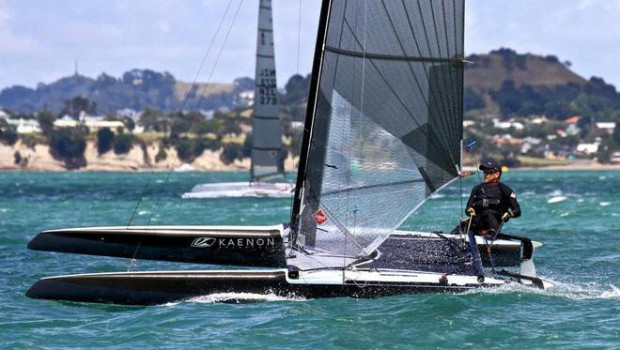


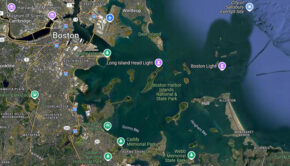
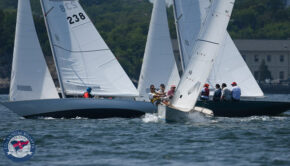
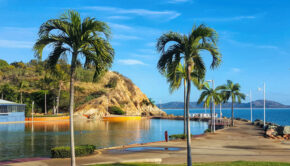

 We’ll keep your information safe.
We’ll keep your information safe.